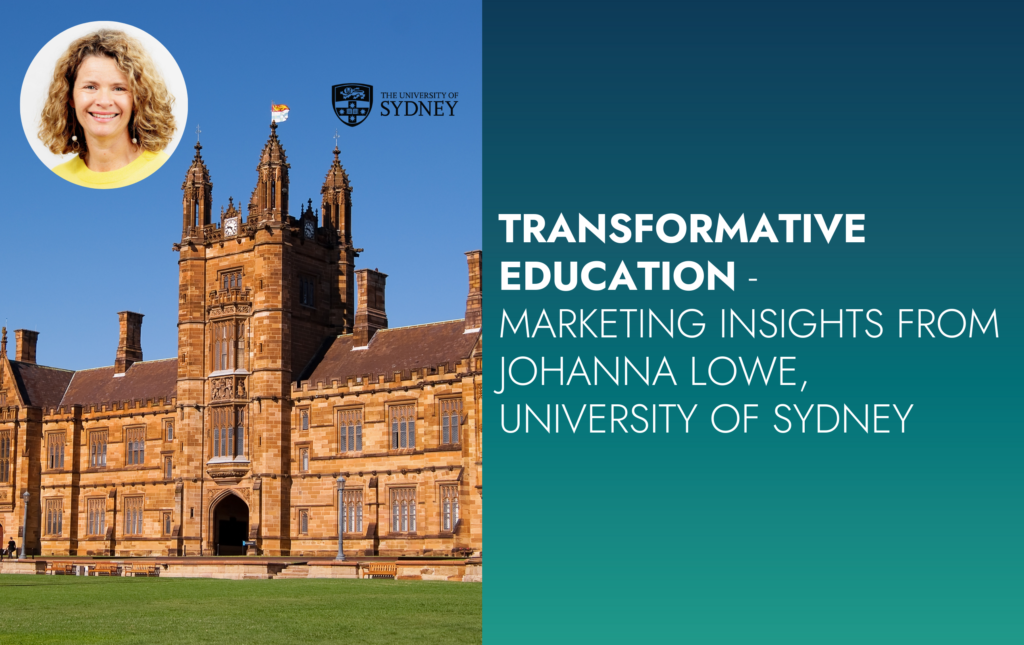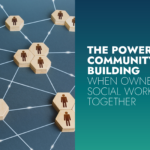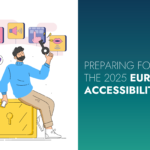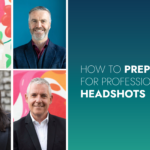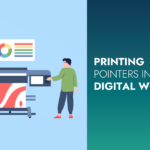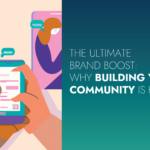In the ever-evolving landscape of higher education, content marketing has emerged as a powerful tool for universities to connect with their diverse audiences. Recently, we had the opportunity to speak with Johanna Lowe, the Chief Marketing and Communications Officer at The University of Sydney, to gain insights into how the university’s content marketing strategy aligns with its broader goals of transformative education and impactful research.
Aligning Marketing with Mission
Sydney University’s content marketing strategy is deeply intertwined with its core mission. As Johanna Lowe explains, the university’s primary objectives are to provide transformative education that changes lives and to conduct research that benefits the greater good. This mission is the cornerstone of their content marketing efforts.
“Our content celebrates the excellence in teaching our 75,000 students and the significant research contributions that impact both local and global communities,” says Lowe.
Understanding the Audience
One of the standout features of Sydney University’s approach is its deep understanding of its diverse target audiences. The university caters to prospective and current students, alumni, academic communities, industry partners, and the general public. Each group has unique needs and interests, requiring a tailored approach.
Lowe notes, “We aim to find commonalities across these diverse groups and craft stories that resonate universally, tailoring the delivery channels to suit each audience.” This strategy ensures that the university’s content is relevant and engaging for all its stakeholders.
Crafting Effective Content
Creating content that resonates with such a broad audience is no small feat. According to Lowe, content that evokes nostalgia and pride tends to perform exceptionally well. Stories about campus life, research impact, and notable achievements of students and faculty members generate significant engagement.
For example, a recent story about the university’s melanoma research team being nominated for Australian of the Year garnered immense pride and engagement across various platforms, including LinkedIn, social media, and the alumni magazine.
Balancing Creativity and Corporate Goals
Balancing the creative freedom of user-generated content with maintaining organizational goals and brand identity is a key challenge. Sydney University navigates this by relying on data to ensure that content resonates with the audience. The university empowers student content creators on platforms like TikTok and Instagram, allowing them the freedom to be authentic while subtly incorporating the university’s core messages.
“It’s a balancing act,” admits Lowe. “We need to give our students space to be creative and authentic while ensuring our key messages are communicated effectively.”
Strategic Use of Digital Platforms
The University of Sydney strategically uses different digital platforms based on the type of content and the target audience. LinkedIn is preferred for research impact stories, while Instagram and TikTok are more suited for engaging prospective students. Facebook helps reach parents and the general public, while the university’s website serves as a central hub for comprehensive content.
“Our platform selection hinges on our goals, whether it’s broad brand awareness or guiding prospective students through their decision-making journey,” explains Lowe.
Successful Campaigns and Challenges
One of the university’s most successful campaigns is the MySydney scholarships initiative. This campaign highlighted students who benefited from scholarships, turning them into brand ambassadors. The multi-channel approach included video content, social media posts, and long-form stories, all of which performed exceptionally well and led to a significant increase in scholarship applications.
Despite the success, managing the volume of compelling stories and prioritizing them effectively remains a challenge. Lowe points out that unlike many organizations, Sydney University has an abundance of content, from groundbreaking research to student achievements. The challenge is sifting through this volume to promote the most impactful stories while navigating the sensitive nature of current global issues.
Future Trends and Opportunities
Looking ahead, The University of Sydney is excited about expanding its use of user-generated content and shared posts, especially from the student community. This approach brings authenticity and relatability, which are crucial for engaging prospective students.
Additionally, the university is exploring ways to better articulate the societal value of its research, an area that has become even more critical post-pandemic. Experimenting with AI to enhance efficiency in content creation is also on the horizon, though it’s still in the early stages and not yet ready to replace human creativity.
Advice for Educational Institutions
For other educational institutions looking to enhance their content marketing strategies, Lowe offers valuable advice: “Focus on balancing your institution’s goals with your audience’s needs. Authenticity and creativity are key. Ensure your content aligns with your long-term brand vision and reputation. It’s essential to respect your audience’s time and trust, delivering content that meets and exceeds their expectations.”
In conclusion, The University of Sydney’s content marketing strategy serves as a model for other educational institutions. By aligning content with the university’s mission, understanding the diverse audience, and balancing creativity with corporate goals, Sydney University effectively engages its stakeholders and promotes its transformative education and impactful research.

